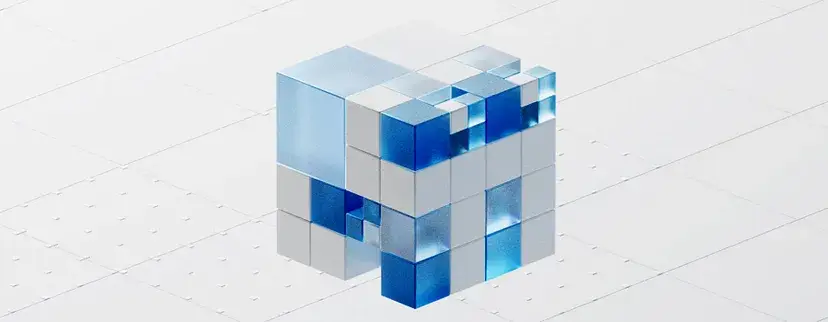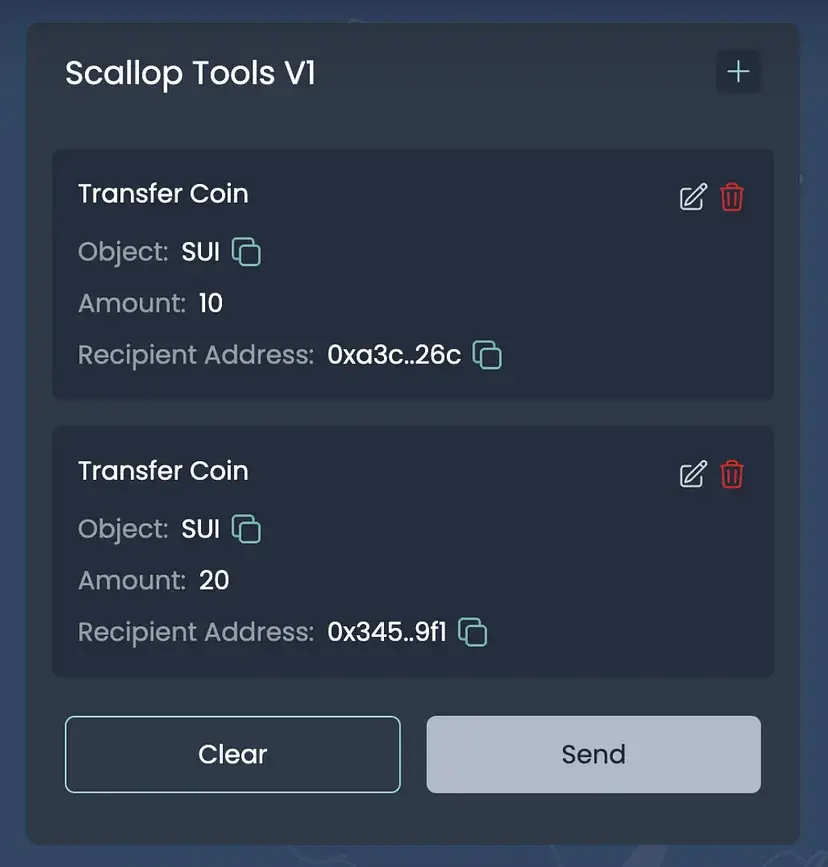Back
Programmable Transaction Blocks (PTBs)
Sui
DeFi
By HackQuest
Aug 9,20243 min readWelcome to the Web3 world, where digital finance and applications are shown in a revolutionary way through the fusion of blockchain technology, cryptocurrencies, and a pioneering spirit. Are you overwhelmed by the wealth of terms in the Web3 world that you don’t understand? Are those slang barriers for you to learn about Web3? Don’t worry! We’re here to explain the obscure terms to guide your learning. Today, we're diving into an innovative development in the world of Web3: Programmable Transaction Blocks (PTBs).
Definition and Overview
Programmable Transaction Blocks (PTBs) are a novel approach to transactions on the Sui blockchain, significantly enhancing the flexibility and functionality of traditional blockchain transactions. Unlike basic records of asset flows, PTBs allow users to compose transactions with multiple commands that execute on inputs, defining the transaction's outcome in a single, atomic operation.

Source : Medium
Technical Composition
At the heart of PTBs is a structure consisting of two main components: inputs and commands. The inputs are a vector of arguments, which can be objects owned by the sender, shared/immutable objects, or pure values like integers or strings. The commands are a sequence of actions that execute in order and can include operations like transferring objects, splitting coins, merging coins, and invoking Move functions.
Each PTB executes up to 1,024 unique operations in a single transaction, significantly reducing the computational overhead and gas fees compared to executing each operation separately. This makes PTBs not only more efficient but also cost-effective.

Source : Medium
Core Functions
PTBs offer several core functions:
1.TransferObjects: Sends multiple objects to a specified address.
2.SplitCoins: Splits a single coin into multiple coins.
3.MergeCoins: Merges multiple coins into a single coin.
4.MakeMoveVec: Creates a vector of Move values.
5.MoveCall: Invokes a Move function from a published package.
6.Publish: Creates a new package and calls the init function of each module.
7.Upgrade: Upgrades an existing package with new functionality.
Use Cases
PTBs can be applied in various scenarios within the Web3 ecosystem:
●Complex Financial Transactions: Combining multiple financial operations like splitting and merging assets in one atomic transaction.
●Automated Workflows: Implementing automated sequences of actions for decentralized applications (dApps).
●Efficient Asset Management: Managing a large number of assets efficiently by reducing the need for multiple individual transactions.
Importance in Web3 Ecosystem
The introduction of PTBs marks a significant advancement in the blockchain technology landscape. They offer a more powerful and flexible way to handle transactions, enabling developers to create more sophisticated and efficient applications. PTBs reduce the complexity and cost of executing multiple transactions, making the blockchain more accessible and practical for a wider range of applications.
User Experience and Innovations
For end-users, PTBs offer a seamless and more interactive experience. By bundling multiple operations into a single transaction, users can perform complex actions with fewer steps, reducing the likelihood of errors and improving overall usability. This innovation is particularly valuable in decentralized finance (DeFi) and other blockchain-based applications where multiple interactions are often required.
Challenges
While PTBs offer numerous benefits, they also come with challenges:
●Complexity in Implementation: Developers need to understand the intricacies of PTBs and the Move language to fully leverage their potential.
●Limitations in Programming Patterns: PTBs do not support more intricate programming patterns like loops, which may necessitate publishing new Move packages for certain use cases.
●Security Concerns: As with any advanced feature, ensuring the security of PTBs is crucial to prevent vulnerabilities that could be exploited.
Conclusion
Programmable Transaction Blocks (PTBs) are a groundbreaking innovation in the Web3 ecosystem, offering a more powerful and efficient way to handle transactions on the blockchain. By enabling multiple operations to be executed atomically in a single transaction, PTBs reduce complexity, lower costs, and enhance user experience. As the Web3 landscape continues to evolve, PTBs are set to play a pivotal role in shaping the future of decentralized applications and digital finance.